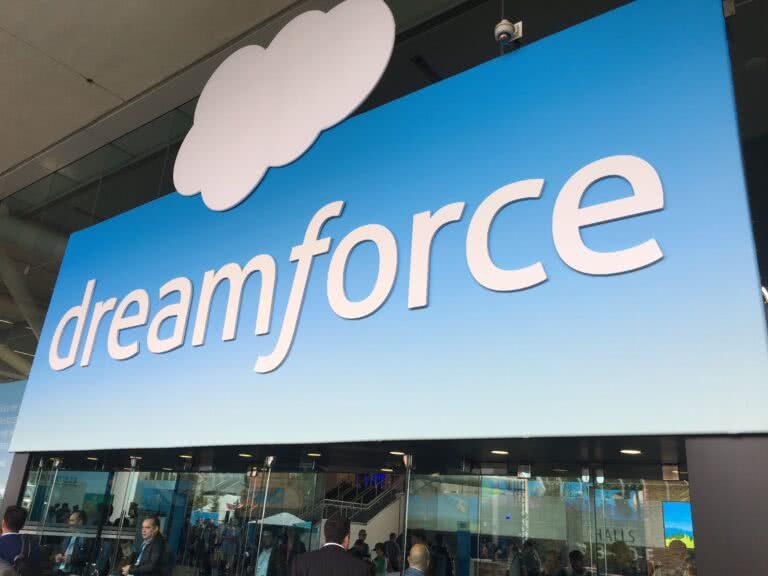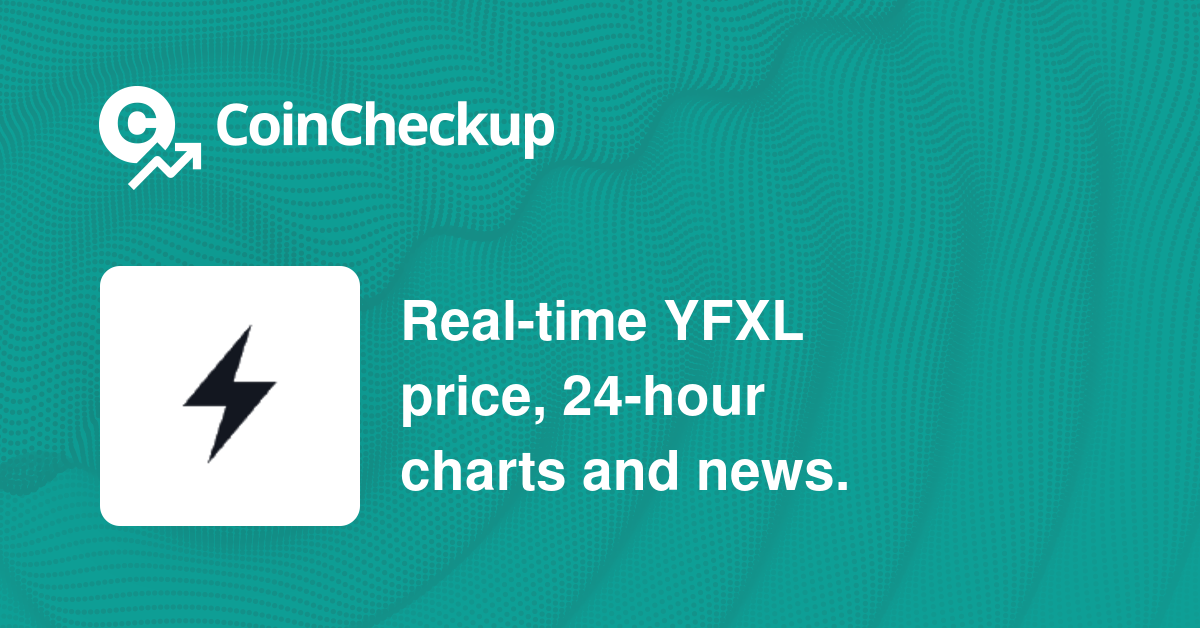A mortgage is a long-term loan designed to help you buy a house. In addition to repaying the principal, you also have to make interest payments to the lender. The home and land around it serve as collateral. But if you are looking to own a home, you need to know more than these generalities. This concept also applies to business, especially concerning fixed costs and shutdown points.
KEY TAKEAWAYS
- Mortgage payments are made up of your principal and interest payments.
- If you make a down payment of less than 20%, you will be required to take out private mortgage insurance, which increases your monthly payment.
- Some payments also include real estate or property taxes.
- A borrower pays more interest in the early part of the mortgage, while the latter part of the loan favors the principal balance.
- Making a larger downpayment will immediately boost the equity in your home.
History
Just about everyone who buys a house has a mortgage. Mortgage rates are frequently mentioned on the evening news, and speculation about which direction rates will move has become a standard part of the financial culture.
The modern mortgage came into being in 1934 when the government—to help the country overcome the Great Depression—created a mortgage program that minimized the required down payment on a home, increasing the amount potential homeowners could borrow. Before that, a 50% down payment was required.1
In 2022, a 20% down payment is desirable, mostly because if your down payment is less than 20%, you are required to take out private mortgage insurance (PMI), making your monthly payments higher.2 Desirable, however, is not necessarily achievable. There are mortgage programs available that allow significantly lower down payments, but if you can manage that 20%, you definitely should.





